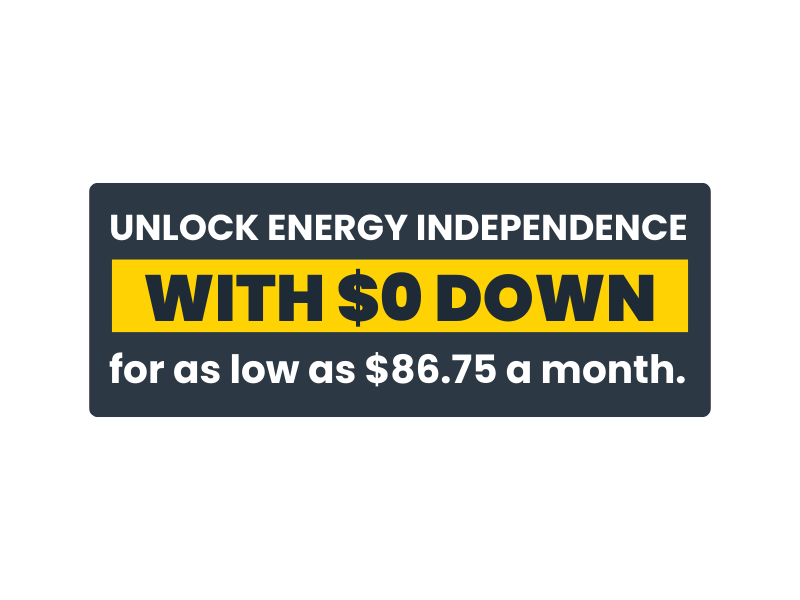By: Ali Buttar, Certified Design and Installation Manager, Yellowlite, Inc.
An inverter is an electronic device that converts direct current (DC) into alternating current (AC).
It is an essential part of a solar electric system. Solar panels produce DC power which is not usable directly into our buildings, and hence has to be changed over to AC power. There are many different kinds of inverters used in different industries for various applications, from uninterruptable power supplies (UPS) to electroshock weapons (such as tasers). In solar electric systems they can be the main power manager or simply the brain of the system. Newer inverters are more than 96% efficient, meaning they can converter 96% of DC power into AC without loss.
Instead of combining all the power and bringing it to one main inverter as in the above case we can do it on a micro level. Meaning we can invert each solar module to AC power and take it to the building’s grid. With this approach say we have 20 solar modules and then we’ll have to use 20 inverters. These are called micro-inverters. This is a relatively new approach and was made famous by an American company called Enphase and took off after 2008. These are as the name suggests small but costly, and also increase the vulnerability of the system as they are more in quantity and are out in the elements.
We can invert DC power of the solar modules in various ways. One way can be combining all the solar module’s DC power and bring it to an inverter and invert it over to AC power. These are called string inverters. They are little bulky but it’s the least costly and robust approach. We can also monitor these inverters remotely by connecting them to the internet. We can monitor the amount of DC being changed over to AC and hence figure out the energy produced.
The main advantage of using micro-inverters is when the roof shades during the day; it can be tree shade or surrounding buildings. That travelling shade can make the micro-inverters work more efficiently compared to string inverters. Reason has to do with the way series are made in string inverters, and if they get shaded then the whole series can be broken. Modules come with bypass diodes nowadays so strings of modules are not broken but still micro-inverters are more efficient in shaded roofs. Another important area where micro-inverters are better is when more than one or two roofs are being utilized. Making series strings on different roofs can be less efficient and cumbersome.
Most installers prefer to just use micro-inverters because they are easy to design (no DC wiring) and it’s easier for electricians to wire AC wires. But they have their disadvantages too. In my view both string inverters and micro-inverters hold equal importance. Let’s say if we have large scale installation with very little shade, I would not want to install 50 micro-inverters instead go with one or two string inverters. That would decrease the overall system cost, less maintenance down the road and also less that can go bad. Also there is a thing called power clipping, it can be managed more properly in string inverters compared to micro-inverters. So in certain instances string inverters are beneficial and vice versa.
A good solar electric system designer can explain in depth why they used a certain inverter and how it will be beneficial in that certain situation.



